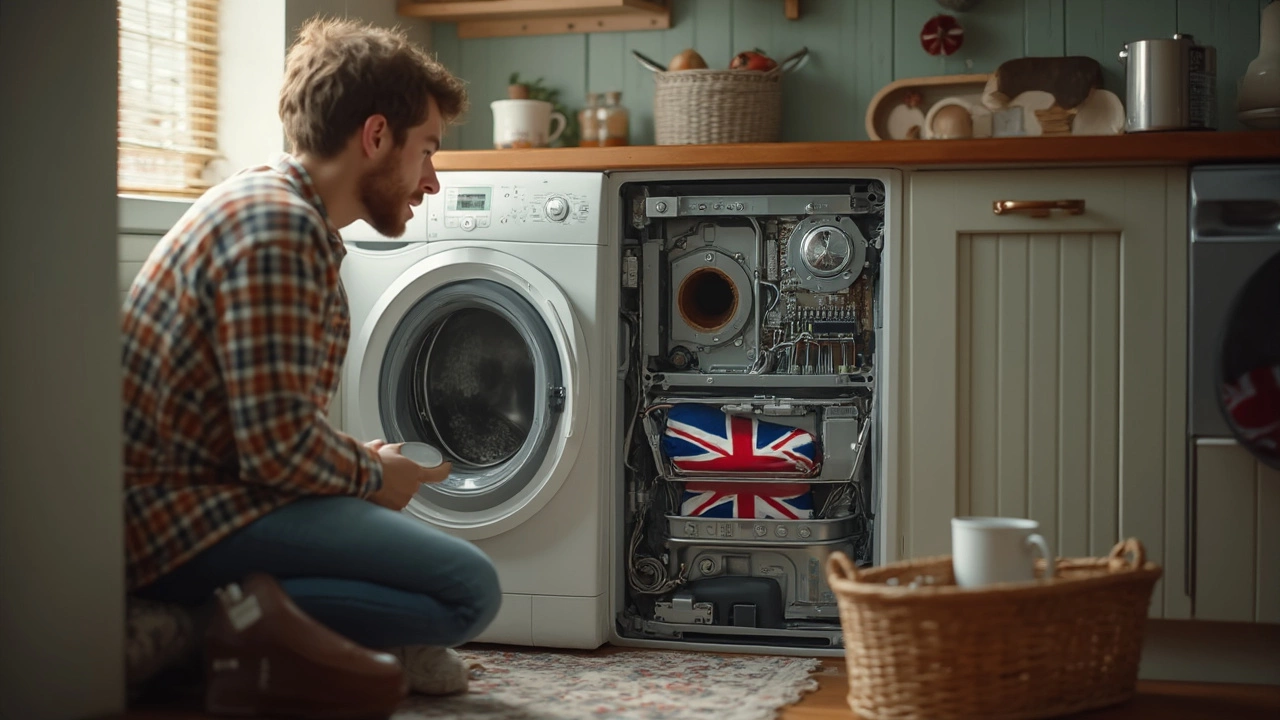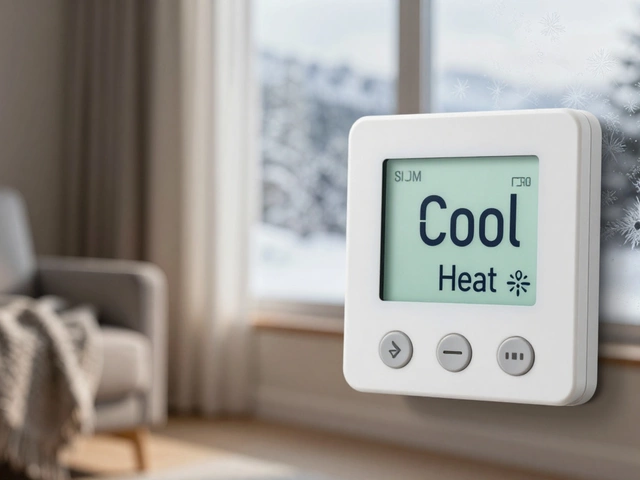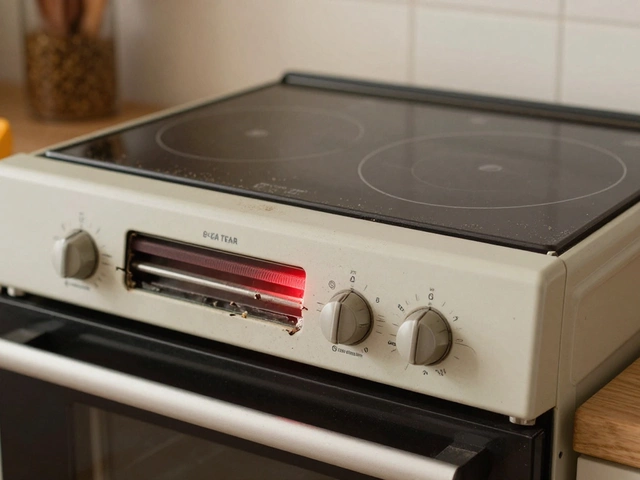Control Board Repair Guides, Tips & Troubleshooting
When working with Control Board, the electronic hub that tells an appliance how to start, run, and shut down. Also known as circuit board, it sits behind the metal panels of your washer, oven, fridge, or any modern Appliance and coordinates sensors, motors, and heating elements. A qualified Technician relies on this component to diagnose why a machine hums, stops, or displays error codes.
Why does a control board matter? First, it acts as the brain of the appliance, so control board failures often mimic larger problems like leaking water or uneven heating. Second, because it’s an Electronic Component, a single blown capacitor or burnt trace can shut down the whole unit. This means a quick visual check can save you a £200 replacement bill. Understanding the board’s role also helps you spot safety hazards – a shorted board can spark, overheat, or cause a fire.
Key Relationships You Should Know
A control board encompasses several sub‑systems: power regulation, sensor input, and output drivers. Repairing a control board requires diagnostic tools like multimeters and oscilloscopes, and often a replacement of specific parts rather than a full board swap. Faulty boards influence the overall lifespan of an appliance; a well‑maintained board can add years to a washing machine’s service life. Conversely, ignoring tiny error codes can lead to bigger failures down the line, forcing you to call a technician for a complete unit replacement.
When a control board shows signs of trouble – erratic cycles, unresponsive buttons, or random shut‑offs – the first step is to verify power supply voltage. If the voltage is stable, the next move is to test the sensor inputs; a broken temperature sensor will cause the oven to think it’s already at 200°C and shut off early. Once the root cause is pinpointed, most technicians can solder a new resistor or replace a burnt MOSFET, restoring full function without discarding the whole appliance.
Safety is another big piece of the puzzle. Always disconnect the appliance from the mains before opening the panel. Some control boards store residual charge, so short‑circuiting them can give a nasty shock. Wearing insulated gloves and using a non‑conductive screwdriver reduces risk. If you ever feel unsure, it’s smarter to call a certified technician – they have the training to handle high‑voltage components safely.
Because control boards appear in almost every household device, the knowledge you gain here applies across the board – from refrigerators that lose cooling to dryers that stop mid‑cycle. The articles below dive deeper into specific scenarios: how to tell if a washing machine’s control board is dead, what error codes mean on a modern oven, and quick DIY checks before you call for help.
Ready to get hands‑on? Browse the collection below for step‑by‑step guides, cost‑breakdown charts, and expert tips that will help you decide whether to repair or replace. Whether you’re a DIY enthusiast or just want to understand what the technician is looking at, you’ll find practical advice that cuts through the jargon and gets your appliances running again.
Wondering what hits your wallet hardest when your washing machine breaks? This article uncovers the priciest part to swap out and reveals why it costs so much. You'll get real-world numbers, tips for deciding whether to fix or toss, and advice on spotting early warning signs. Learn which repairs can be DIY and how to dodge common mistakes. Save yourself time, cash, and headaches by figuring out the best move before calling in the pros.


